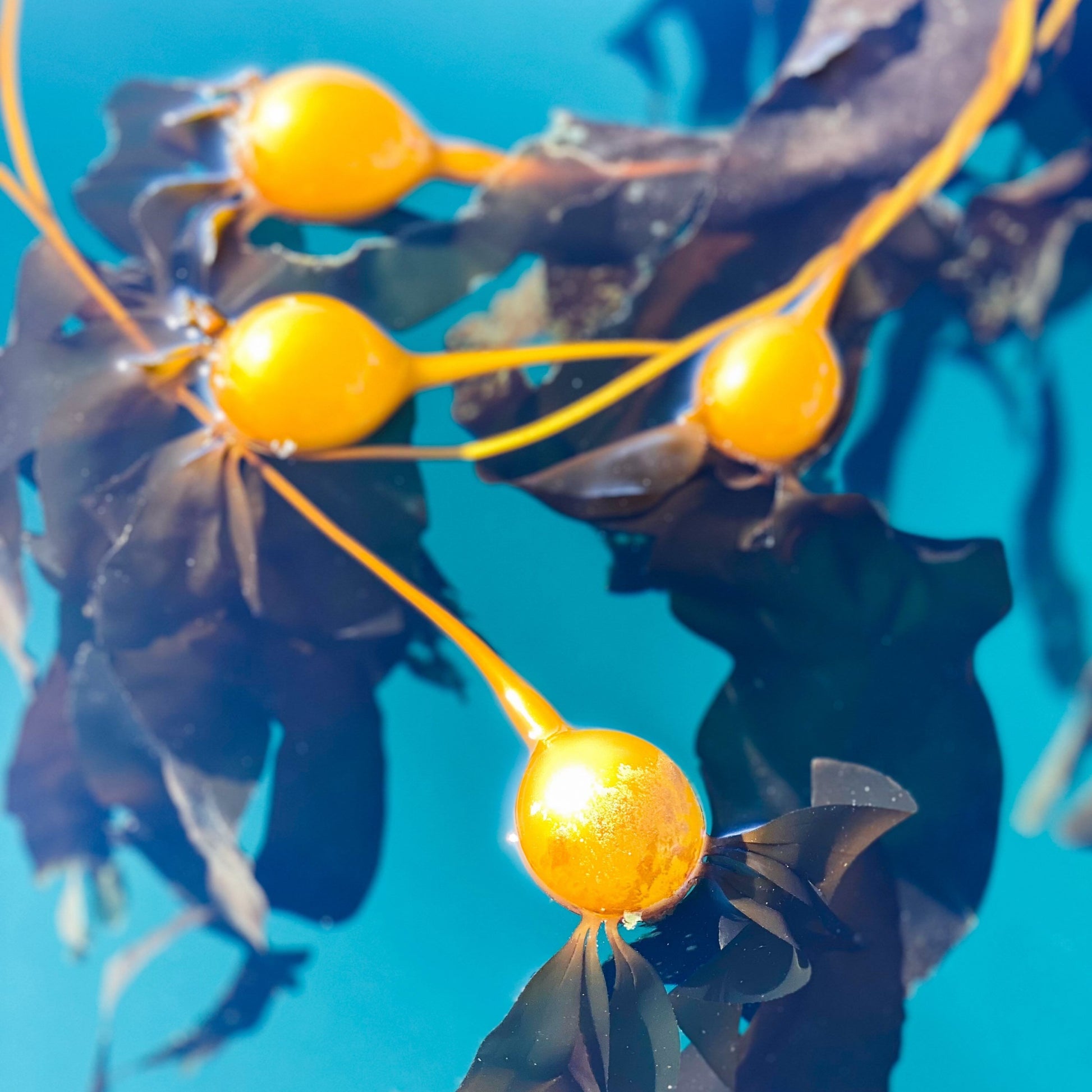Greenr Gifts
Americas: Plant Kelp in Canada's Waters
Americas: Plant Kelp in Canada's Waters
Kelp forests are essential as they absorb 20 times more CO2 per acre than land forests, support over 700 marine species, and protect coastlines by reducing wave energy by up to 60%.
Whether you're commemorating a special occasion, honoring a loved one's memory, or simply seeking to make a positive impact on the planet, by planting Kelp, you will be able to maximize your impact, while creating a memorable experience for your gift receiver.
Learn more about our Kelp project in Canada
Couldn't load pickup availability
Share
How it works
How it works
1. Place the order, for the number of trees you want to plant in the recipient's name. Make sure to select a delivery date for when you want us to email this gift to the recipient.
2. On the scheduled date, the recipient receives an email with
- Your personal note
- An authenticated digital certificate in their name (see example certificate attached)
- A personal dashboard with details of their trees, their impact, where their trees are being planted, as well as project details.
3. You also receive an email letting you know that your gift has reached. You also get a copy of the certificate, as well as your own personal dashboard.
What is included
What is included
Both you and the gift recipient will receive:
- A digitally authenticated tree adoption certificate in the recipient's name.
- A dashboard where you can see your trees, their impact, details of the planting project, where your trees are planted, and updates on your project.

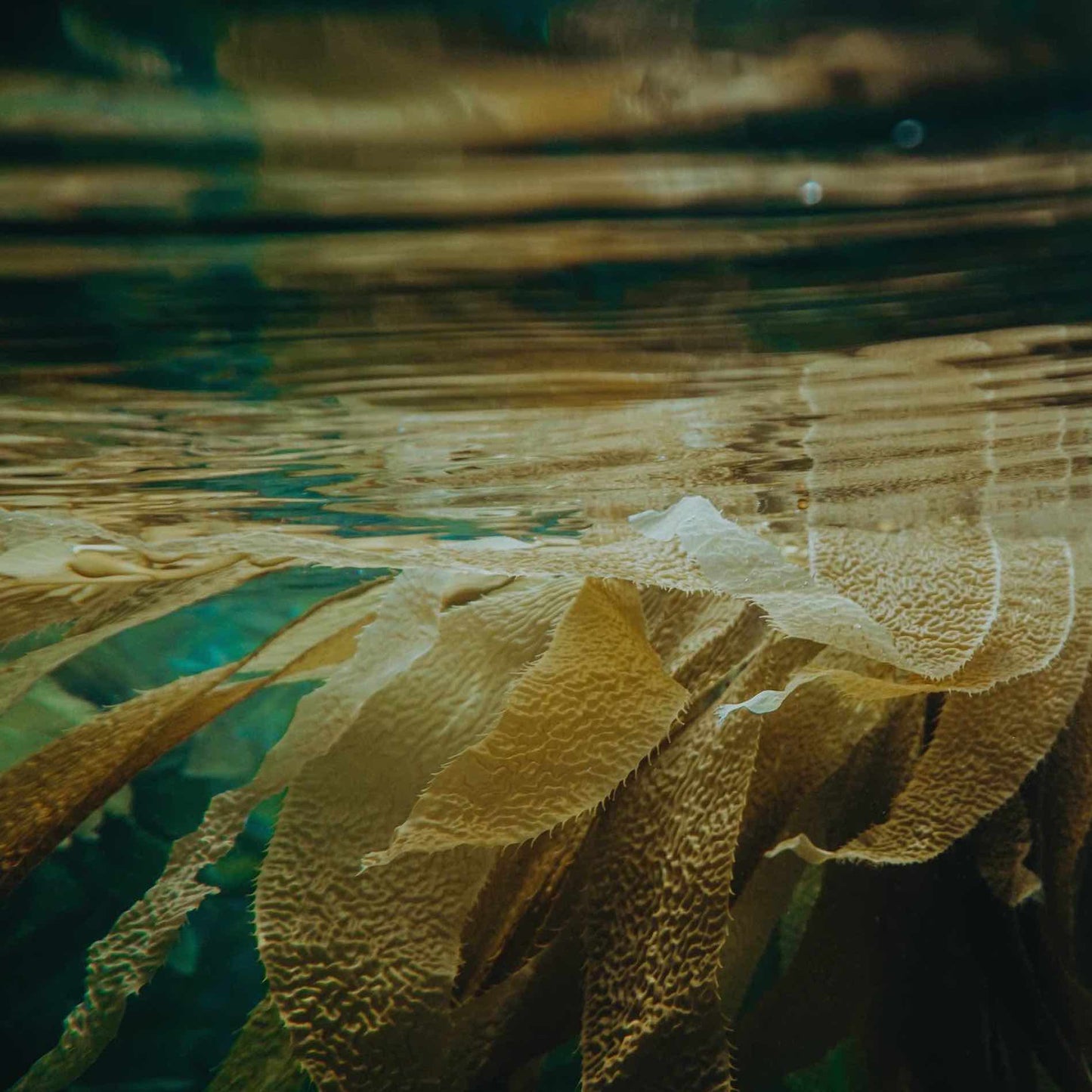
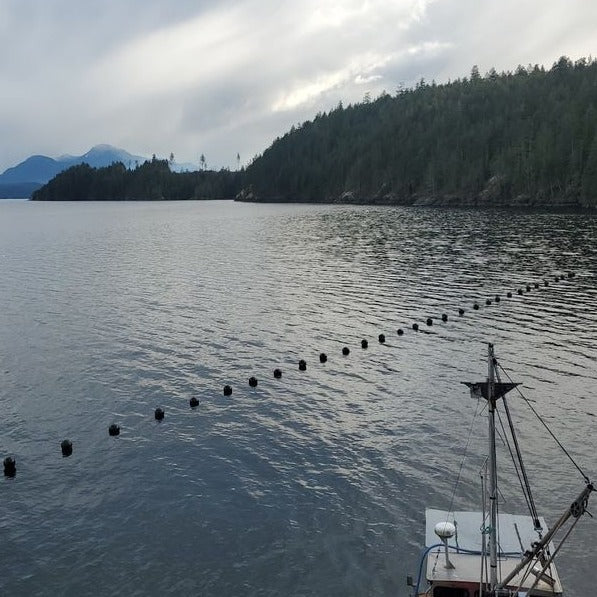
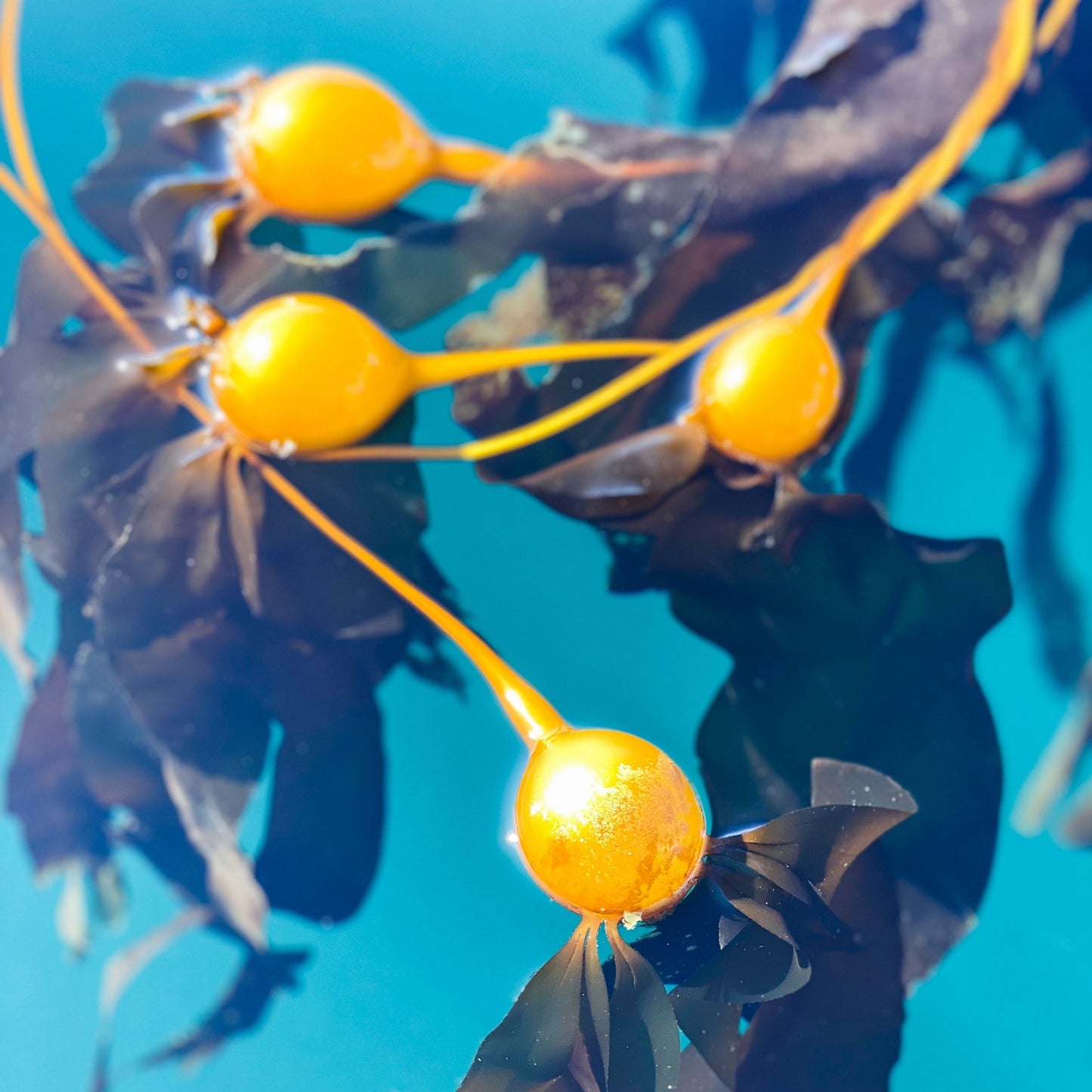
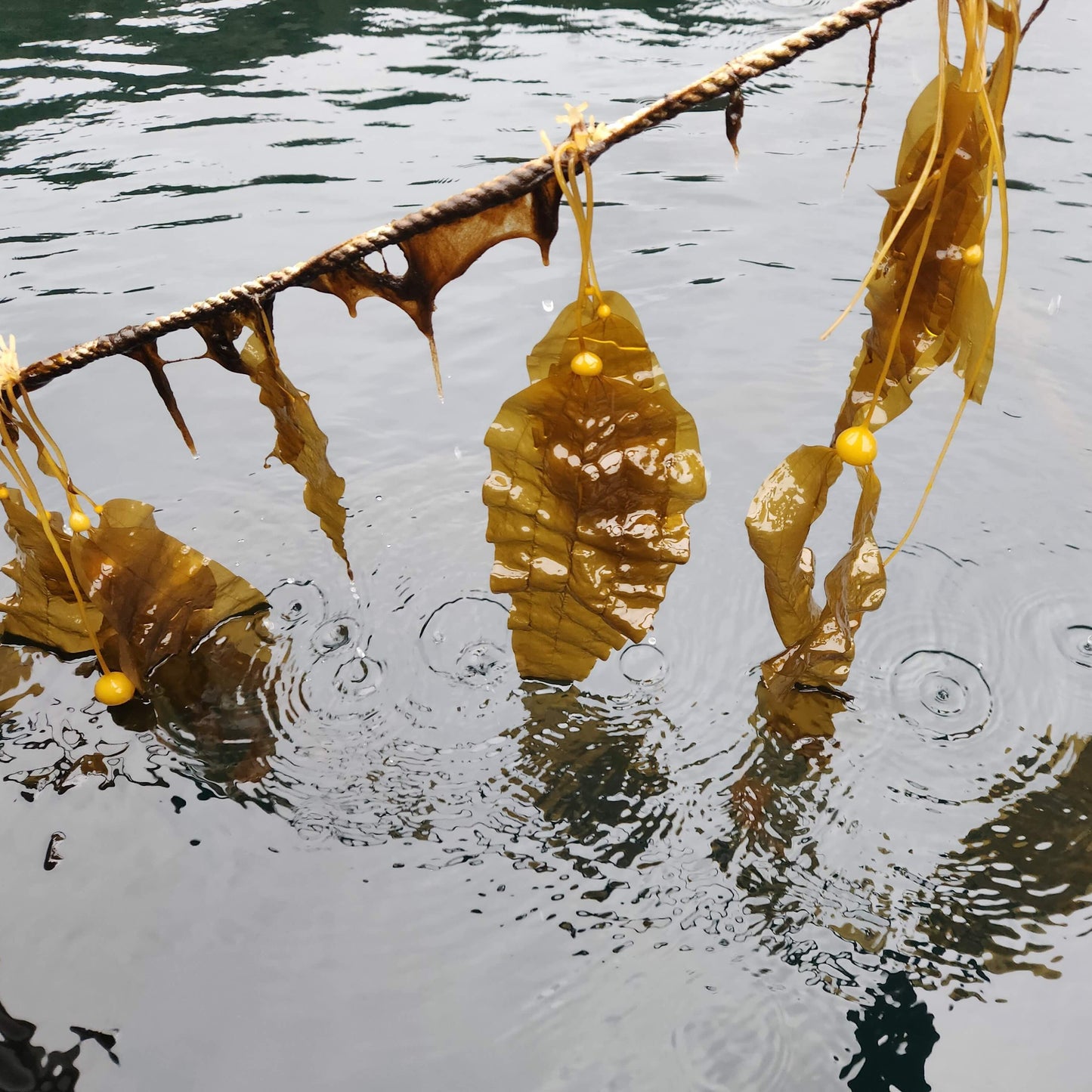


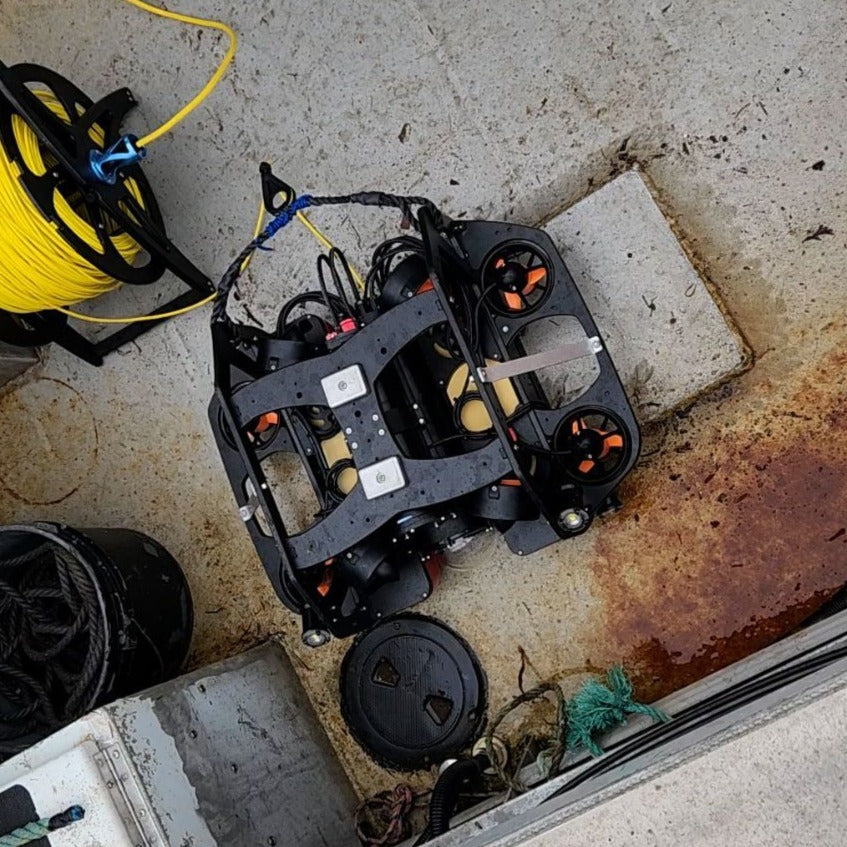

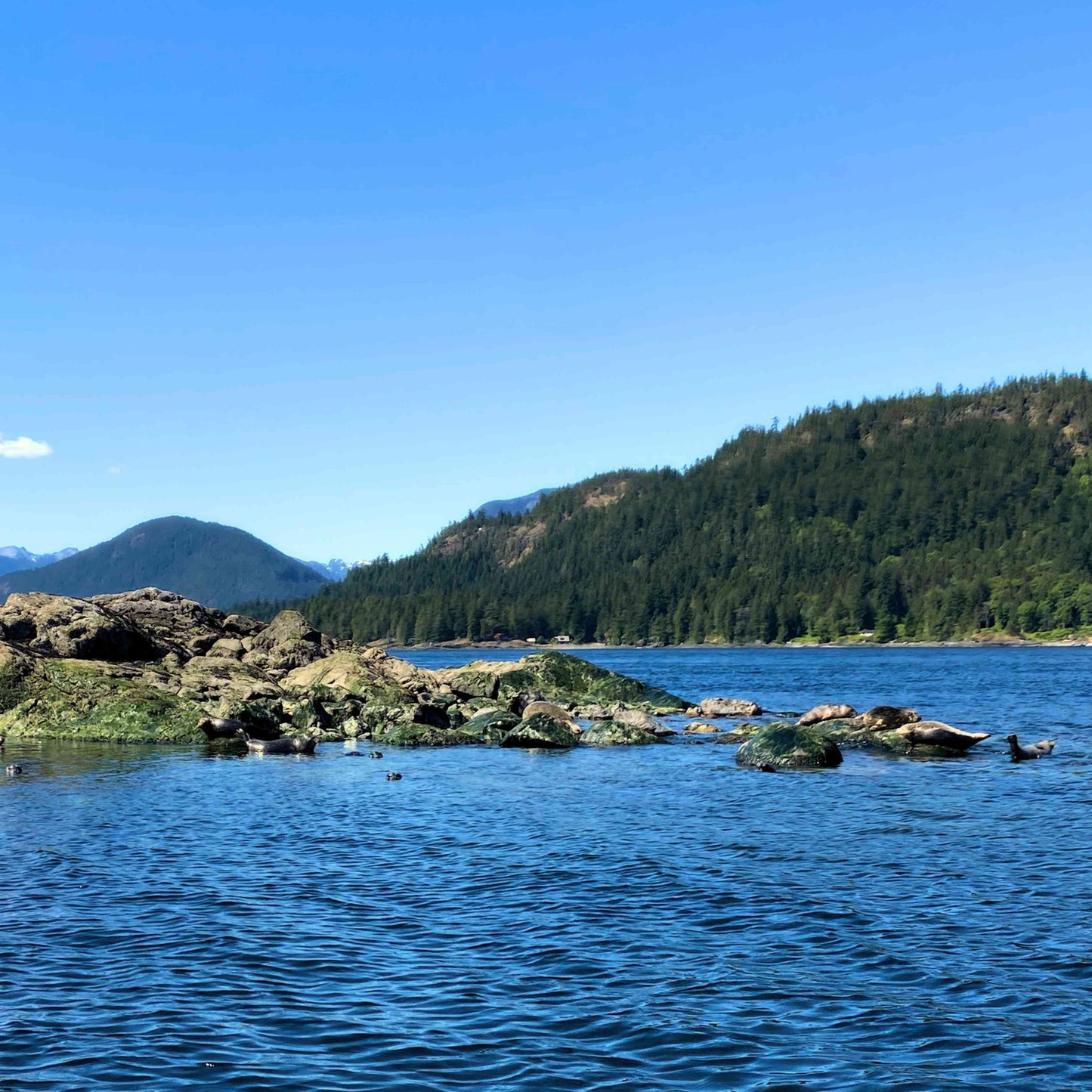
My friend loved the gift and raved about it! The purchase process was easy and I love that we could celebrate with something that helps all of us thrive vs something that will end up in a landfill.
It's a fast, smooth, easily navigable & satisfactory experience of gifting 👍
Love the idea and the cause!
This has been an ongoing and endearing experience of gifting trees instead of material gifts. So eco friendly and getting satisfaction of contributing towards healing of our Mother Earth🙏
Firstly, a huge thank you to my in-laws (who are my parents) for this fantastic and very thoughtful initiative in terms of gifting. What better way to enjoy my birthday than knowing the world is a much greener place. As someone who’s loved nature since I was young this gift is special to me.
To Prateeksha and the Greenr team : Keep the fantastic work going 🌴
When we get married in India there’s a custom to get a sapling of bamboo for ceremonies . It’s a way of signifying growth of your family and connecting you to the earth. When I saw this initiative by my colleague I was very excited as it gives me an opportunity to give back in some way to the planet. I really liked the detailed supply chain and confirmation that these trees will actually be planted .
The idea of planting trees to cherish the memories of a person who loved Life & Nature, but left the world too soon, is very close to my heart. It also signifies giving something back to our "Mother Earth" who has nurtured all the living beings since millions
of years. I have made it my resolution to support this cause in the future gifting moments 🥰
This is a nice meaningful gift my mother will enjoy. I've scheduled it to land on mother's day on May 11th.
As of now, we have to face the bitter truth, that human activities have raised the atmosphere's carbon dioxide content by 50% in less than 200 years.😢 I feel, we need to wake up to this grim situation at the earliest to save the earth for coming generations. Hence I am very happy and want to thank 🙏 you for giving me an opportunity to plant trees as a gift ❤️ in loving memory of my brother as well as, to mother earth.
In a world of material possessions, gifting. the planting of trees feels so refreshing ! Surprised my husband by gifting these for our anniversary and both of us loved it! Also knowing where these trees are feels personal and special!

Our planting partners
We facilitate our tree planting through reputable, environmentally responsible organizations dedicated to fighting deforestation and extreme poverty. They employ local communities to plant native trees, restoring ecosystems and providing livelihoods for millions.
Why plant trees?

Trees are the earth's lungs
producing approximately 20% of the oxygen we breathe. A mature tree can produce enough oxygen for up to four people per day.

Trees absorb CO2
a major contributor to climate change. A single mature tree can absorb around 48 pounds of CO2 annually. For example, a hectare of forest can sequester up to 30 tons of CO2 per year.

Trees provide habitats
for a wide range of species. The Amazon rainforest houses about 10% of the world's known species.

Trees prevent soil erosion
by binding soil together. In regions like the Loess Plateau in China, tree planting initiatives have reduced soil erosion by up to 90%.

Trees regulate water cycle
The Amazon rainforest, for example, releases water vapor through transpiration, which contributes to rainfall patterns across South America.




